Inside the Carlton Club
Chris Pincher quits as Tory deputy chief whip after reports of groping at the private club
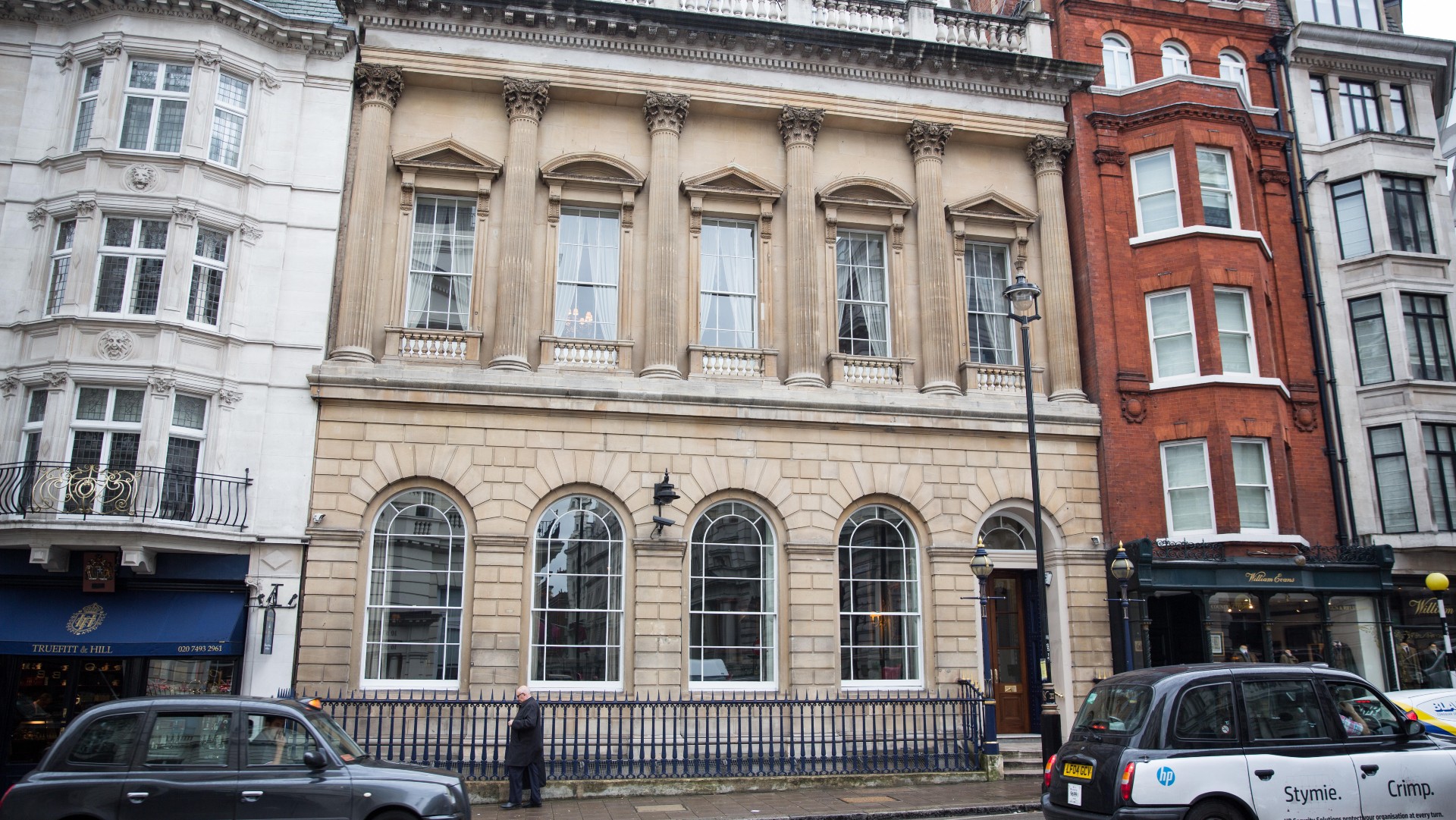
Chris Pincher been suspended from the Tory party over claims that he drunkenly groped two men on Wednesday night.
The alleged assault took place at the Carlton Club, an exclusive Conservative members’ club in St James’s in London, according to The Sun, which broke the story.
The MP for Tamworth in Staffordshire had already resigned as Boris Johnson’s deputy chief whip yesterday. He wrote to the prime minister admitting he “drank far too much”. He said: “I embarrassed myself and other people which is the last thing I want to do and for that I apologise to you and those concerned.”
The Week
Escape your echo chamber. Get the facts behind the news, plus analysis from multiple perspectives.

Sign up for The Week's Free Newsletters
From our morning news briefing to a weekly Good News Newsletter, get the best of The Week delivered directly to your inbox.
From our morning news briefing to a weekly Good News Newsletter, get the best of The Week delivered directly to your inbox.
Downing Street initially resisted calls to suspend him from the party, but removed the whip this afternoon.
With his political career in the balance, The Week looks behind the front doors of a club whose history is inexorably linked to the Tory party.
History of the Carlton Club
Inside some of the “most exclusive addresses” in the capital, members of the political elite “eat, drink, meet and sleep – and find a comfortable and discreet location for deals and political advancement”, said Politico. And “you don’t get much more Conservative than the Carlton Club”.
It was founded by the Duke of Wellington’s Tories after they lost the 1831 general election in a bid to improve their success. They met regularly at Carlton House Terrace, Lord Kensington’s house in Westminster, before moving to a specially designed premises on Pall Mall in 1835.
A free daily email with the biggest news stories of the day – and the best features from TheWeek.com
Lord Lexden, the official historian of the Conservative Party, told members last year: “It would be hard to overestimate the importance of the establishment of the Carlton Club in the history of British party politics.”
Membership of the club represented “a badge of allegiance” to the party and it was where the party organised itself for decades, said the club’s website.
After the Pall Mall building was destroyed in the Second World War, the clubhouse relocated again to its current address: 69 St James’s Street, designed by Thomas Hopper. It amalgamated with the Junior Carlton under Harold Macmillan in the 1970s. Then on 25 June 1990, it “suffered its second physical assault” in the form of an IRA bomb that injured 20 people.

Inside the club today
“Like so many Regency buildings, the interior is dominated by an impressive stone staircase,” said the Carlton Club website. “Hopper used Greek sources for inspiration for the decoration.”
It has, nevertheless, “kept pace with the times”. Members can enjoy air conditioning and Wi-Fi. It boasts 24 bedrooms, the Macmillan Bar and Terrace, Cads’ Corner, the Thatcher Drawing Room and two dining rooms: the Wellington Room and the Churchill Room.
“Since its foundation, only individuals who support the Conservative Party have been eligible for membership,” explained the London Metropolitan Archives. It wasn’t until 2008 that women were allowed to be full members, although from the 1970s they were admitted as associated members.
Carlton dress code
In public areas of the club, men must wear a “tailored jacket and formal trousers together with a collared shirt and tie”, while women are “expected to wear commensurate business or formal day wear”. At certain times, smart-casual dress is allowed, but this is still defined as a smart shirt with a collar and tailored trousers for men.
“Inappropriately dressed Members or guests will be asked to leave the clubhouse, which is likely to cause offence to guests and embarrassment to Members,” states the website’s dress code.
Denim, shorts, leggings, shell-suits, flip-flops, sportswear and “offensive” logos on clothing are explicitly prohibited.
‘Clubbable’ governments
The history of the Conservatives is “interwoven with the fabric of London’s exclusive clubs”, said Seth Thévoz at Open Democracy. Its “leadership crises often involve emergency meetings in clubs – most famously in the Carlton Club meeting nearly a century ago, in October 1922”.
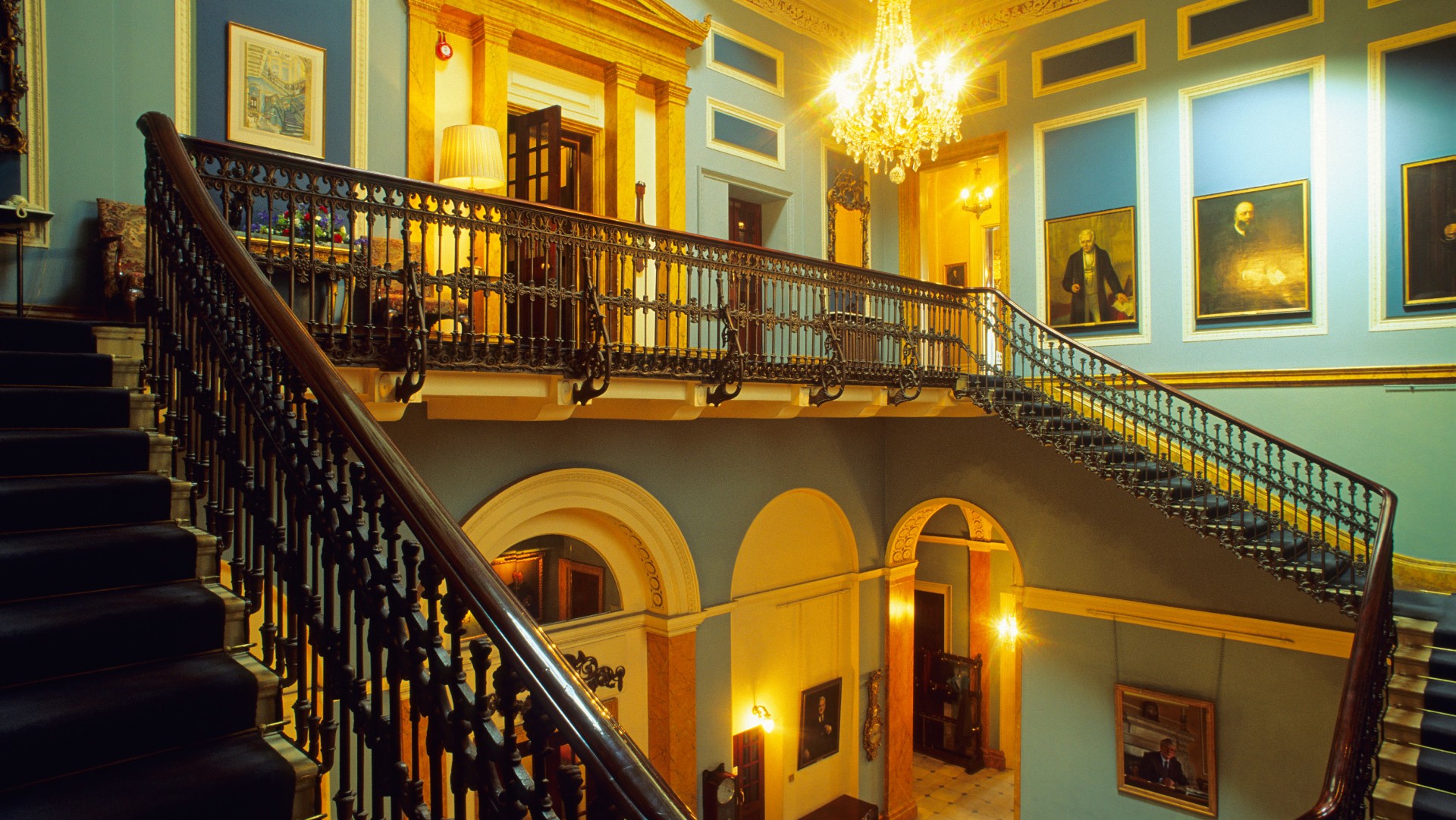
Backbenchers gathered at the club to demand the party withdraw its support for David Lloyd George’s coalition government. The 1922 Committee was founded a year later.
And it was in the club’s Churchill Room that US pollster Frank Luntz convened a focus group in 2005 that “identified the then-outsider David Cameron as the next Tory leader”, noted Fraser Nelson in The Telegraph.
These days, the capital’s elite clubs “combine so much of what Boris Johnson holds dearest: secrecy, luxury and networking with a small circle of old chums – while keeping outsiders firmly at bay”, said Thévoz, librarian of the National Liberal Club.
But they have also been central to debate on his downfall. In January, social media was “awash with stories and speculation of rebellion at London’s prestigious Carlton Club”, where Tory MPs reportedly met to discuss removing Johnson from office amid the Partygate scandal, said Thévoz.
Since the “deeply ‘clubbable’ Conservative governments” of the 1960s, parties of all stripes have distanced themselves from such establishments, he added. “As with so much of Johnson’s government, ministers’ reliance on clubs feels like a throwback to an earlier kind of Toryism.”
-
 The Week Unwrapped: What’s the cost of PFAs?
The Week Unwrapped: What’s the cost of PFAs?Podcast Plus why is George Osborne joining OpenAI? And has universal basic income finally come of age?
-
 The week’s best photos
The week’s best photosIn Pictures A dervish dance off, a frosty forest, and more
-
 Mount Rainier is on its way down
Mount Rainier is on its way downUnder the radar Its peak elevation is approximately 20 feet lower than it once was
-
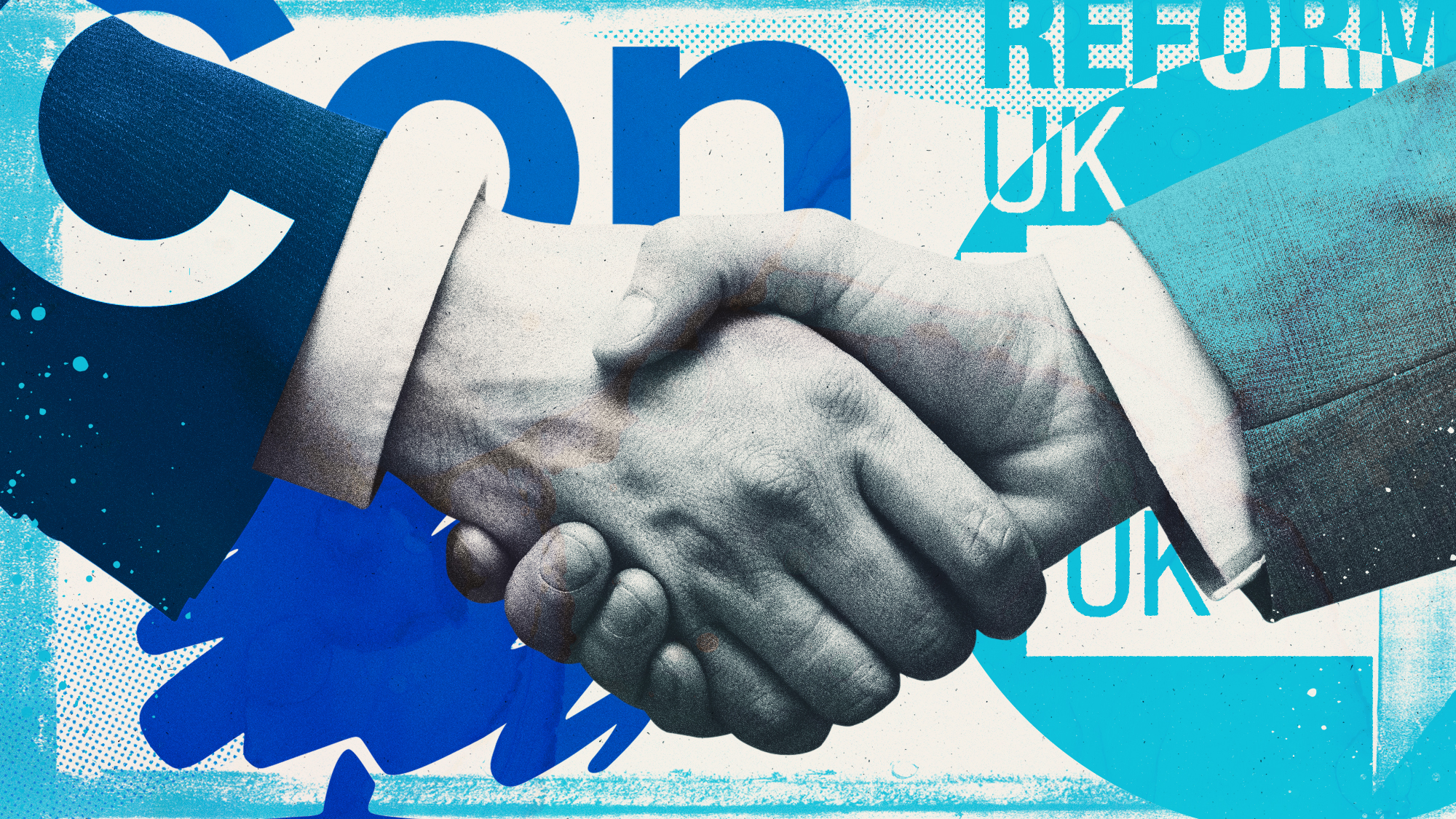 Is a Reform-Tory pact becoming more likely?
Is a Reform-Tory pact becoming more likely?Today’s Big Question Nigel Farage’s party is ahead in the polls but still falls well short of a Commons majority, while Conservatives are still losing MPs to Reform
-
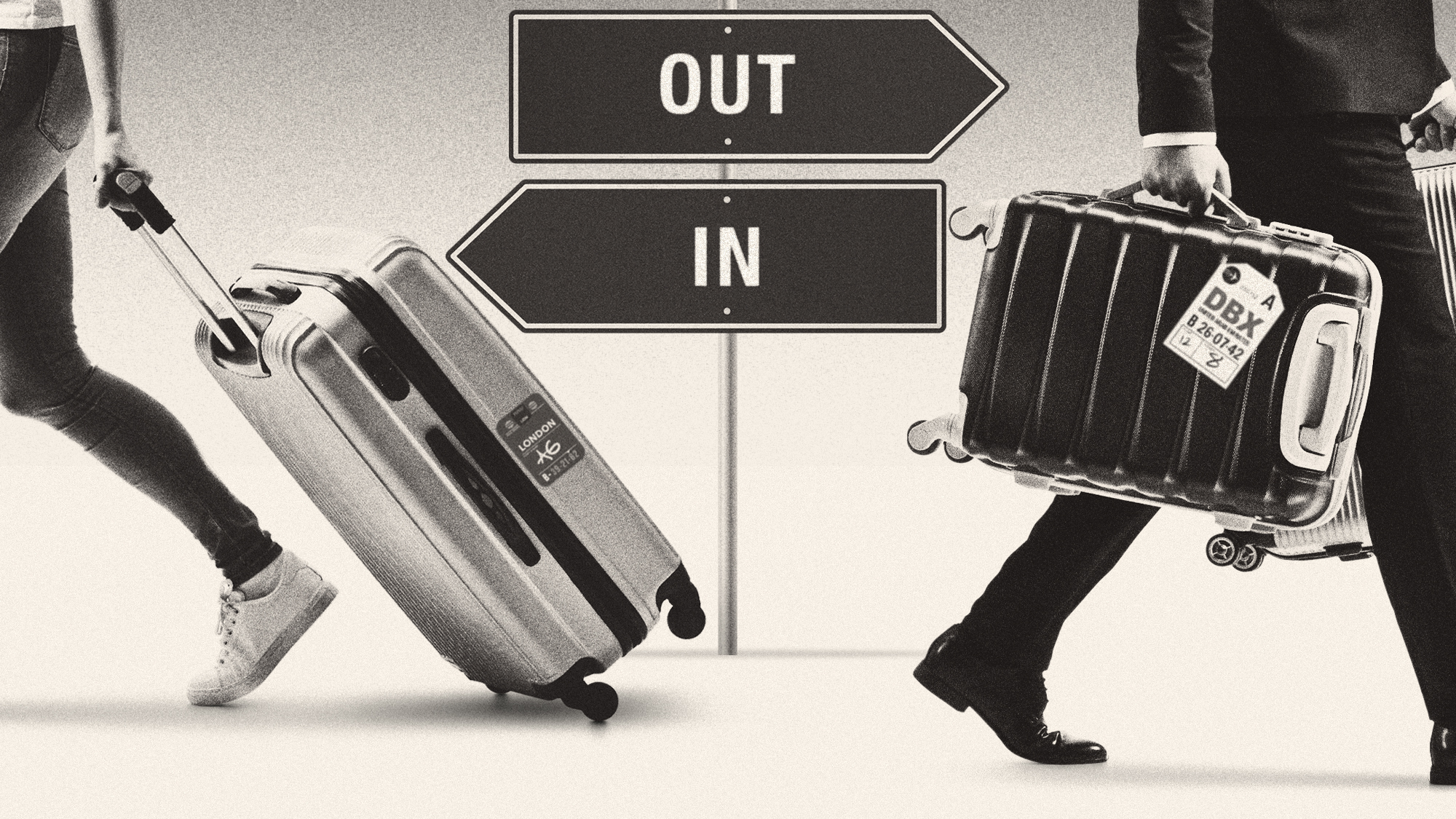 What does the fall in net migration mean for the UK?
What does the fall in net migration mean for the UK?Today’s Big Question With Labour and the Tories trying to ‘claim credit’ for lower figures, the ‘underlying picture is far less clear-cut’
-
 Asylum hotels: everything you need to know
Asylum hotels: everything you need to knowThe Explainer Using hotels to house asylum seekers has proved extremely unpopular. Why, and what can the government do about it?
-
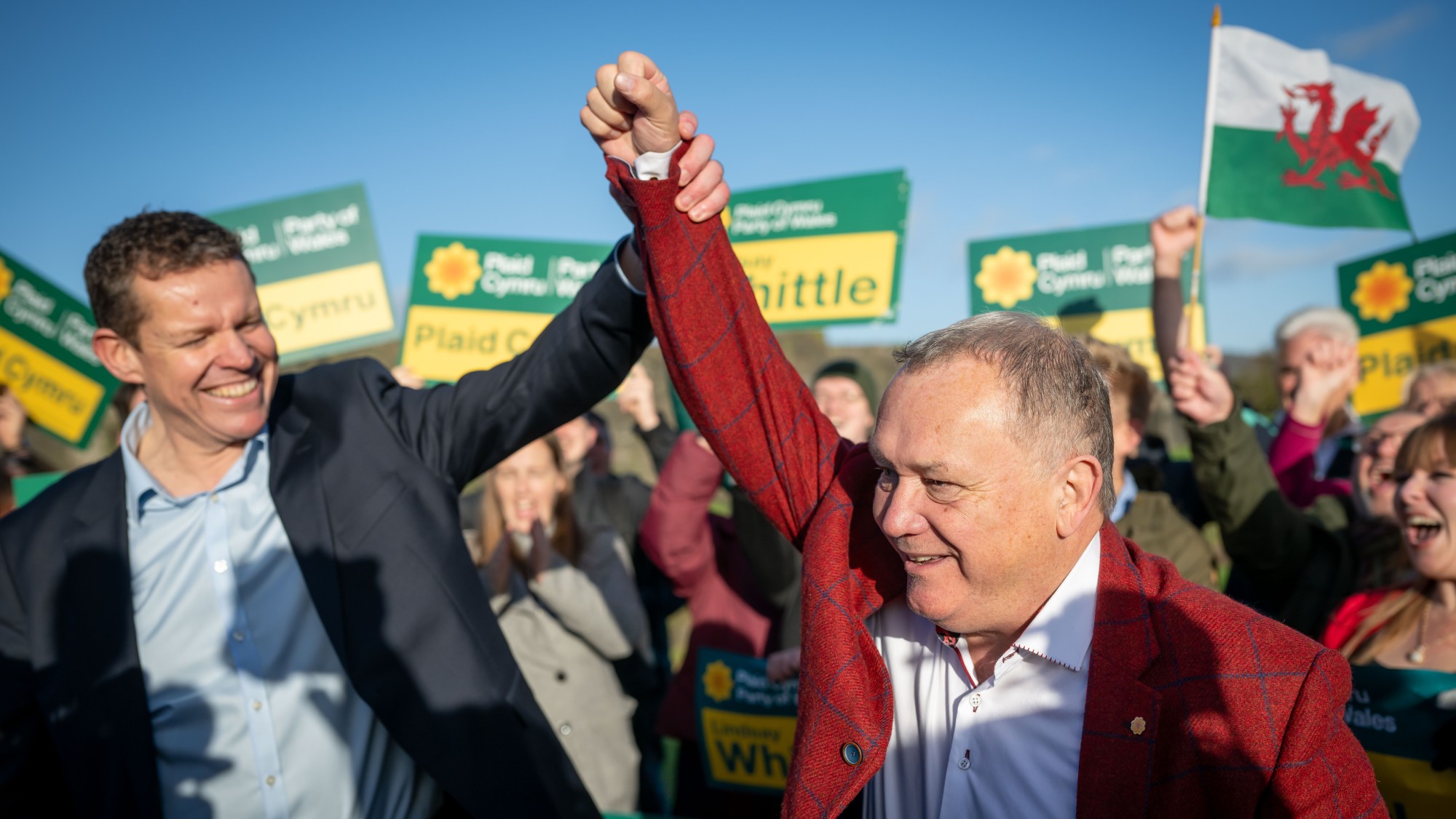 Five takeaways from Plaid Cymru’s historic Caerphilly by-election win
Five takeaways from Plaid Cymru’s historic Caerphilly by-election winThe Explainer The ‘big beasts’ were ‘humbled’ but there was disappointment for second-placed Reform too
-
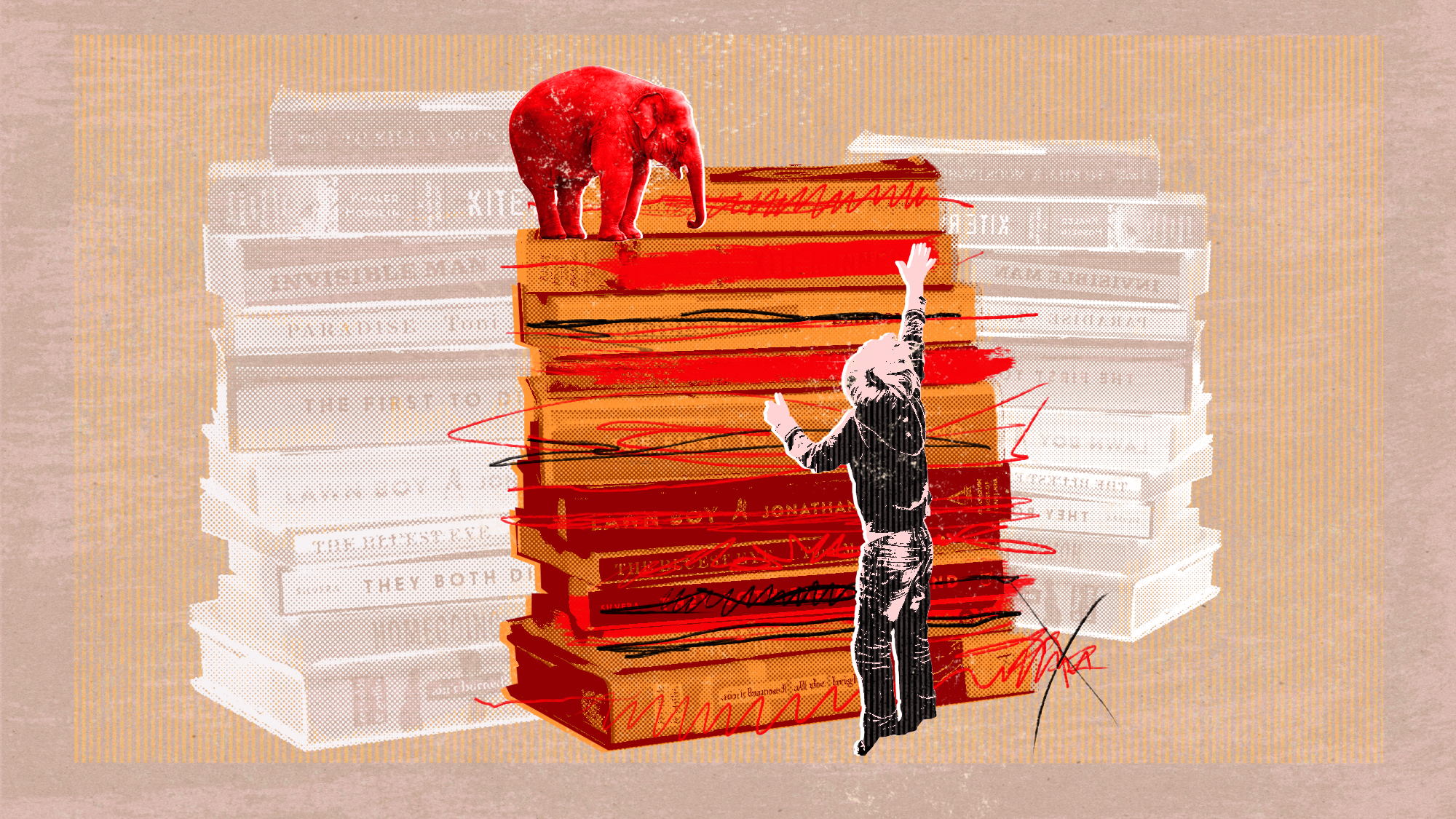 The new age of book banning
The new age of book banningThe Explainer How America’s culture wars collided with parents and legislators who want to keep their kids away from ‘dangerous’ ideas
-
 Taking the low road: why the SNP is still standing strong
Taking the low road: why the SNP is still standing strongTalking Point Party is on track for a fifth consecutive victory in May’s Holyrood election, despite controversies and plummeting support
-
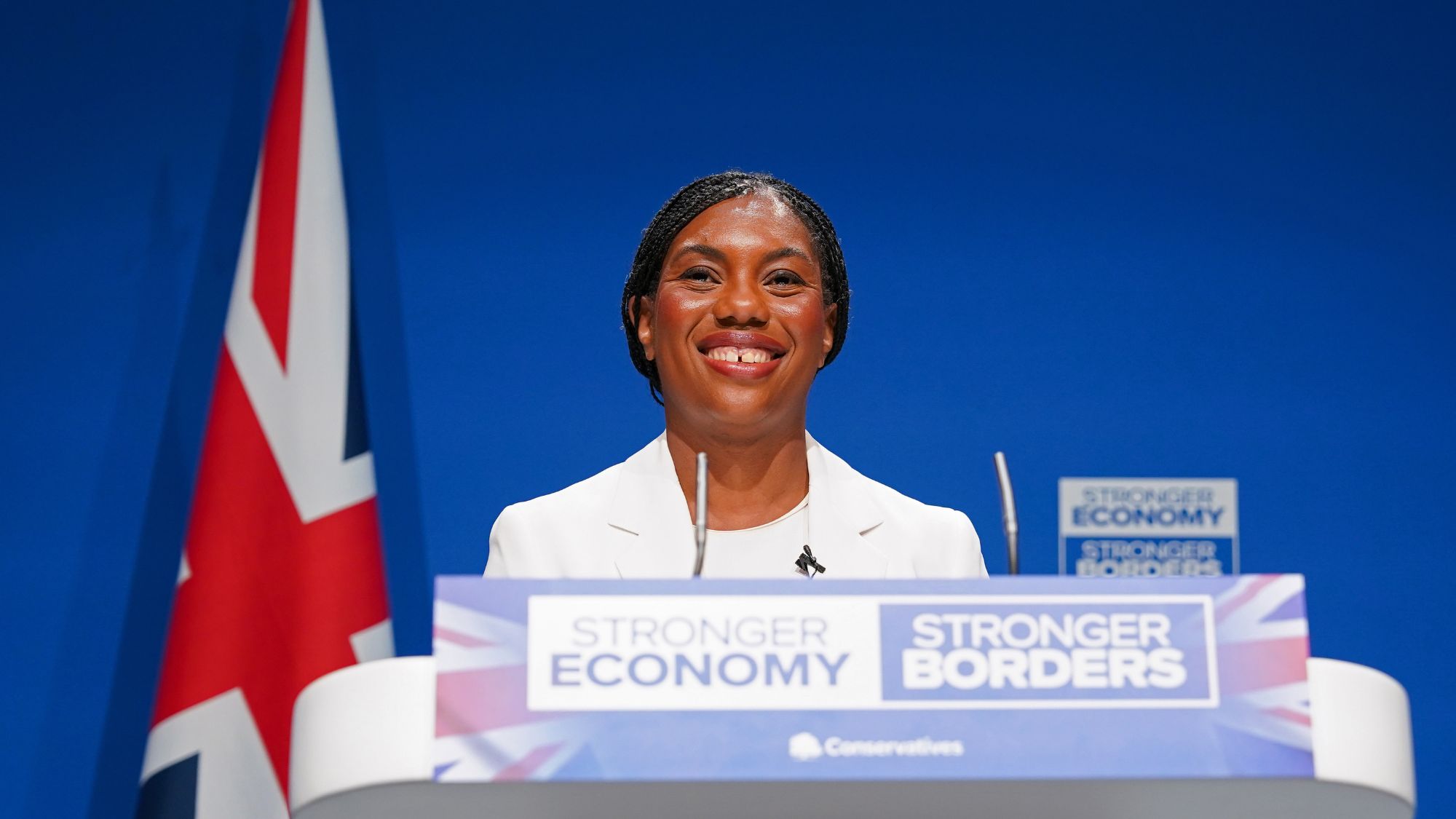 Five policies from the Tory conference
Five policies from the Tory conferenceIn Depth Party leader Kemi Badenoch has laid out the Conservative plan for a potential future government
-
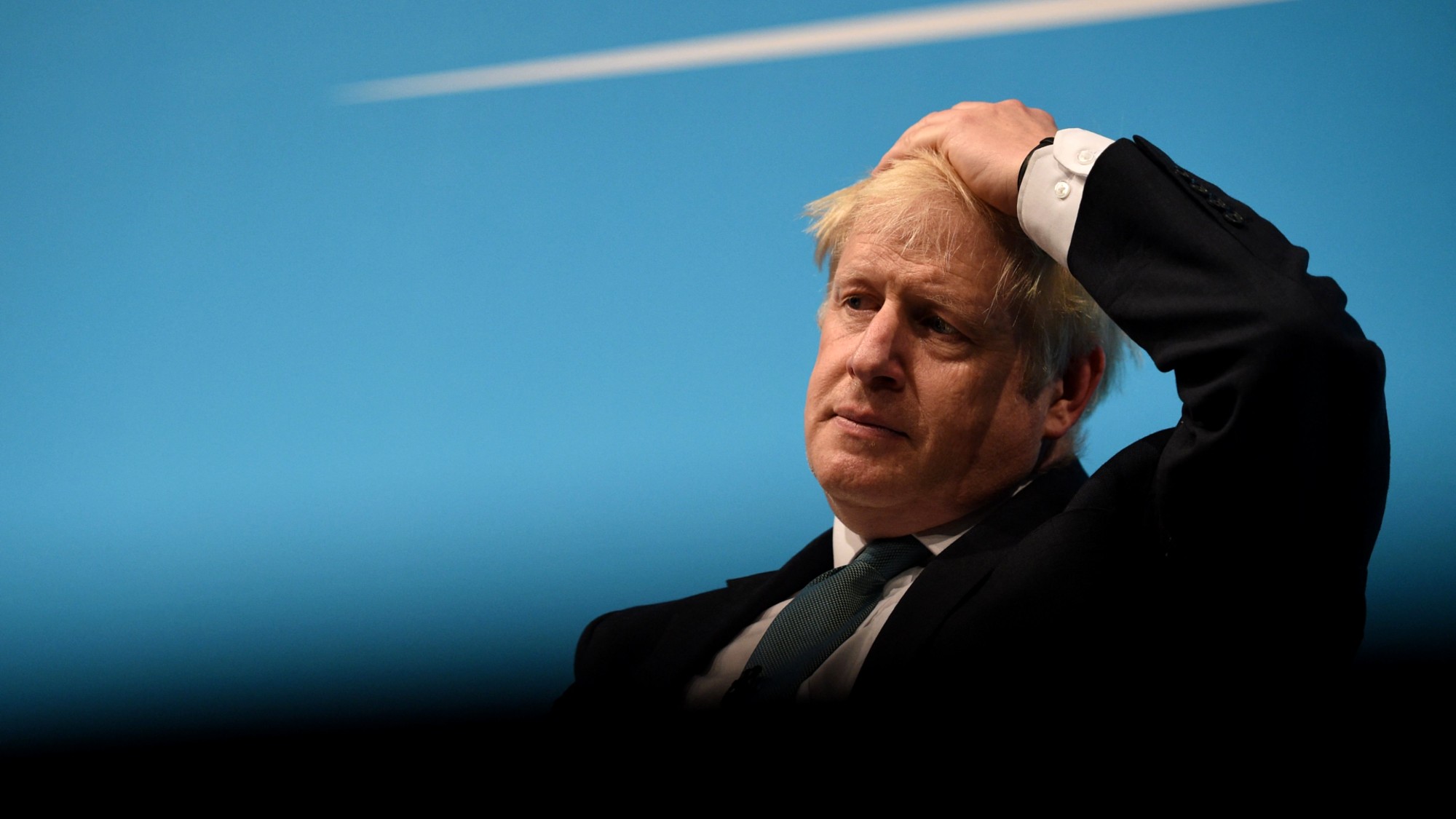 Behind the ‘Boriswave’: Farage plans to scrap indefinite leave to remain
Behind the ‘Boriswave’: Farage plans to scrap indefinite leave to remainThe Explainer The problem of the post-Brexit immigration surge – and Reform’s radical solution